Space photo of the week: Dry ice ‘geysers’ erupt on Mars as spring hits the Red Planet
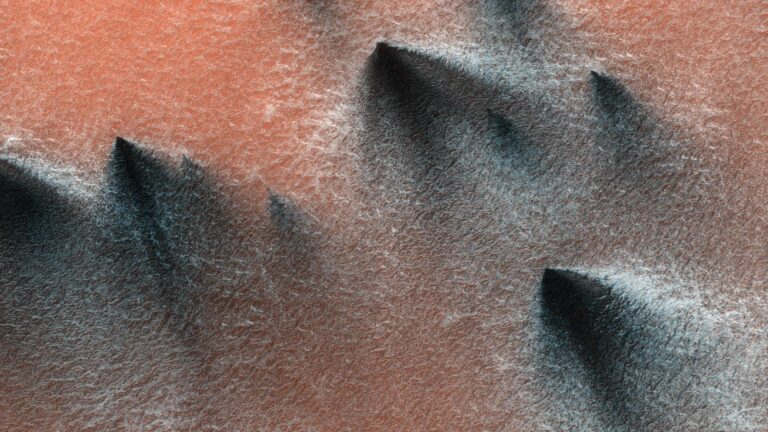
NASA shares an iconic image of carbon dioxide ice erupting in geysers when Martian winter turns to spring.
Science and Technolgy blog

NASA shares an iconic image of carbon dioxide ice erupting in geysers when Martian winter turns to spring.

Political discussions in the United States often appear to be dominated by voices from the far left and far right. A new study published in the Journal of Applied Social Psychology has found that people generally believe this emphasis on…
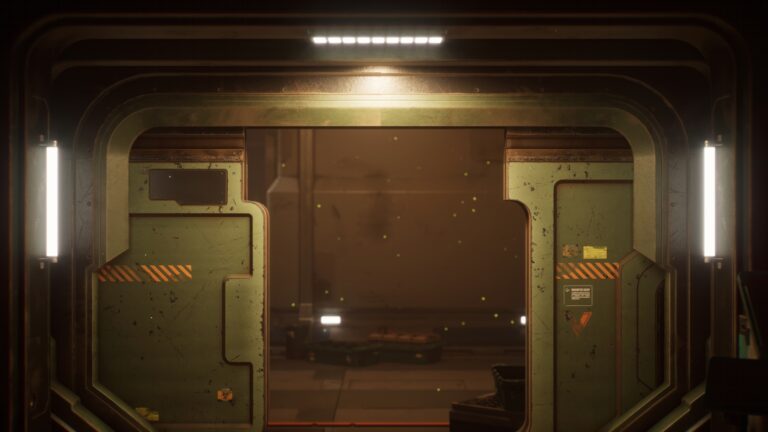
Nuclear bunkers aren’t a foolproof way to stay safe during a nuclear attack. Here’s why.
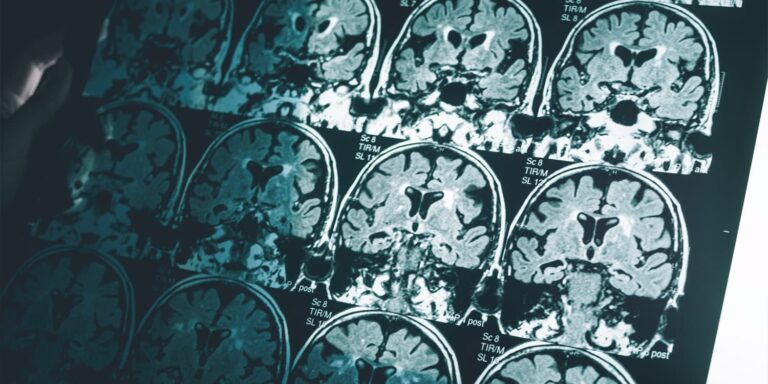
A new study published in the Archives of Gerontology and Geriatrics suggests that the way the brain processes language and arithmetic facts may play an important role in how well middle-aged and older adults manage their money. The findings indicate…
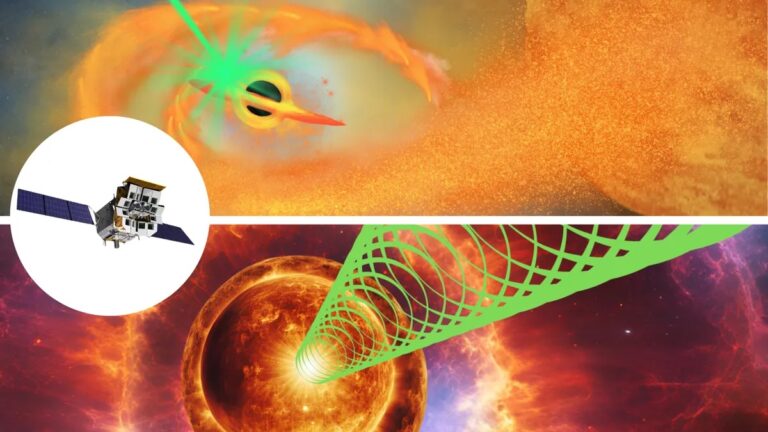
Was a powerful cosmic explosion seen by the Einstein Probe launched by a supermassive black hole snacking on a star, by a gamma-ray burst, or by something entirely new?

A new study published in The Journal of Creative Behavior has found that while anxiety can lead to generating a larger number of ideas, especially when thinking about negative possibilities, it may come at the cost of originality. Researchers found…

New research provides evidence that a pattern glare test can be used successfully to detect subclinical autism and schizotypy traits. Participants with high levels of schizotypy tended to report more pattern glare illusions. The study was published in Cognitive Neuropsychiatry.…
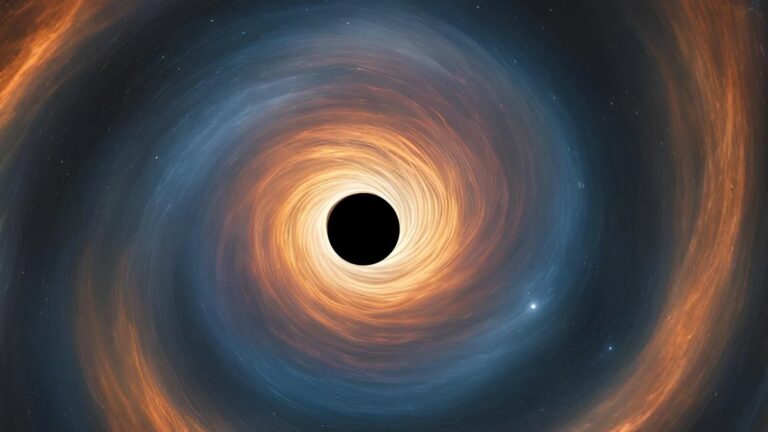
A new form of black hole archeology, linking spin to gas and dust, has revealed that these cosmic titans spin faster than expected.
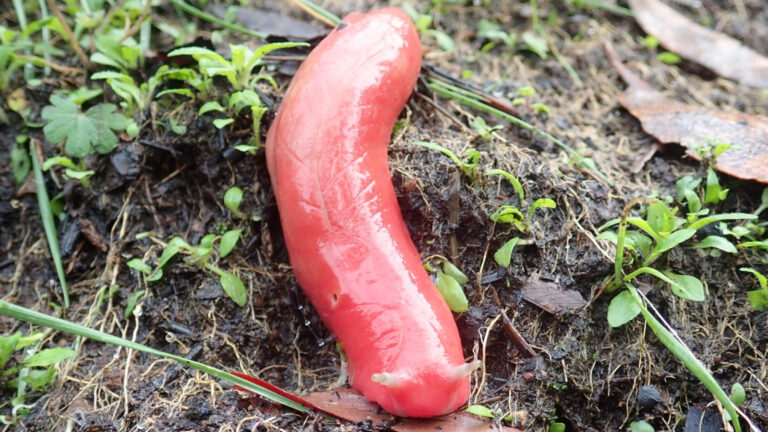
The 8-inch, bright pink slug has been isolated in a “sky island” for millions of years.
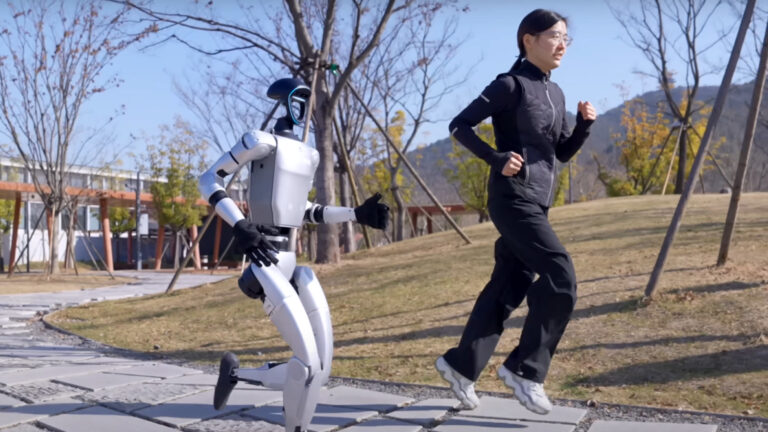
Bipedal robots have found navigating uneven terrain a steep challenge but a new hardware upgrade means they can detect their environment and respond quicker than ever before.